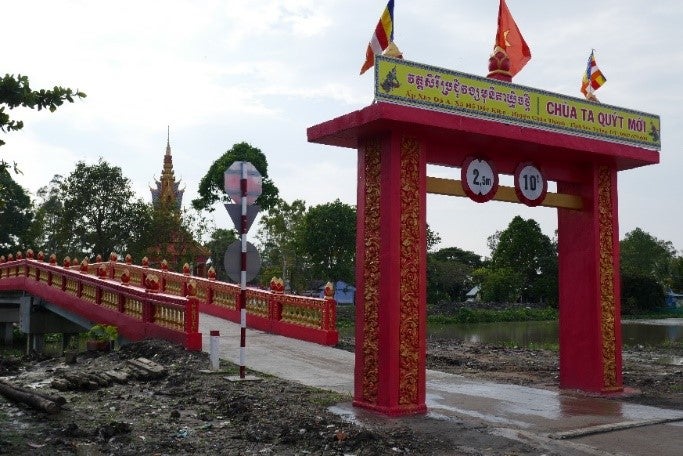 Photo 1 Ta Quyt Bridge in Soc Trang Province. Photo Credit: Mary H. Clark
Photo 1 Ta Quyt Bridge in Soc Trang Province. Photo Credit: Mary H. Clark
“For the first time in history, our Khmer’s sacred ‘Ok Om Bok’ festival will be held in this pagoda,” Most Venerable Son Thi told us when we attended the opening of the Ta Quyt bridge. He presides over the Ta Quyt Moi Pagoda
The bridge, linking the two parts of Ho Dac Kien commune of Chau Thanh District in southern Soc Trang province allows over 700 households to access the main road in less than 100 meters. Before, they had to travel 3 kilometers.
Built under the Results-Based Operation for Local Bridge Construction and Road Asset Management Project (LRAMP), the bridge’s special design – characterized by the Khmer’s lotus symbol–- makes it a part of the pagoda and the cultural life of the locals, rather than another piece of concrete.
A cultural symbol has been embedded since the first bridge was built in Tan Tay village in Nam Phuoc township of the Duy Xuyen District in Quang Nam central province. As one of the first bridges built under LRAMP, crossing the Ba Ren river, it helps farmers bring their produce home in just a few minutes by bicycle instead of hours. And it resembles the architecture of My Son holy land, a source of cultural pride for the Cham ethnic group.
Vietnam is home to 53 ethnic minority groups, each characterized by a distinct culture and symbol. The LRAMP project aims to improve connectivity and reduce the cost of travel for ethnic minorities by building bridges in the rural remote areas they call home. Incorporating local ethnic minority cultural elements in the technical design honors the indigenous culture, enhances the ownership of local people, and makes the infrastructure stand out from similar works. With strong ownership and cultural familiarity, local people consider it their own, and are committed to maintaining the public infrastructure.
- Commitment. Like many other operations, the commitment of the implementing agency was critical for successful implementation. For this initiative, even stronger commitment was needed as integrating cultural aspects in bridge design and construction requires additional review and approval steps by the related government agencies at all levels. Given its strong focus on ethnic minority communities, the operation received strong support from the National Assembly, central ministries and agencies concerned. Many leaders of the Vietnam Directorate of Roads have spent time to identify the potential locations as well as the cultural aspects that represent the ethnic minority groups served by the bridges financed under the program.
- Consultation. At the community level, extensive consultations have been organized throughout the operation cycle, on project information, community support and grassroots monitoring/supervision. More than 2,000 rounds of consultations have been organized so far, generating broad community support and ensuring that the approach was tailored to people’s needs and priorities. Consultation activities have also been adapted to local settings, with special stakeholders such as religious leaders, village chiefs and business people.
- Cost. The majority of bridges financed under LRAMP are small- to medium-sized so standardized technical designs can be used in accordance with Vietnam’s regulations. Adding cultural aspects to the bridge design increases the cost by only about 2.8% on average. It is considered a worthwhile investment because these new bridges become a new location for social gathering and facilitate people’s participation in special events at communal houses or pagodas. So, while the construction cost is a bit higher, savings from other components such as land donation and community maintenance more than make up the difference.
As of February 2020, 1,799 bridges have been completed and are providing improved year-round accessibility for 5.4 million people in rural areas of the 51 participating provinces. Overall, travel time and cost has been reduced by up to 85% and labor productivity has increased by 15-20%, according to data from the Ministry of Transport data.
Of these 1,799 bridges, 11 were built with local cultural characteristics , including those of Co Tu, Hmong, Cham, Gia Rai, Thai, and Khmer. Among many social benefits, local people now have better access to improved transportation and basic social services like health and education, and to markets for agricultural products. Farmers no longer depend on intermediary traders as they can sell their products at a better price (estimated at 10% higher for fruits).
While this type of bridge makes up a small portion of the total number of bridges supported under the LRAMP project, they demonstrate a feasible way to make small infrastructure more beautiful and more sustainable by honoring local cultures.




Join the Conversation